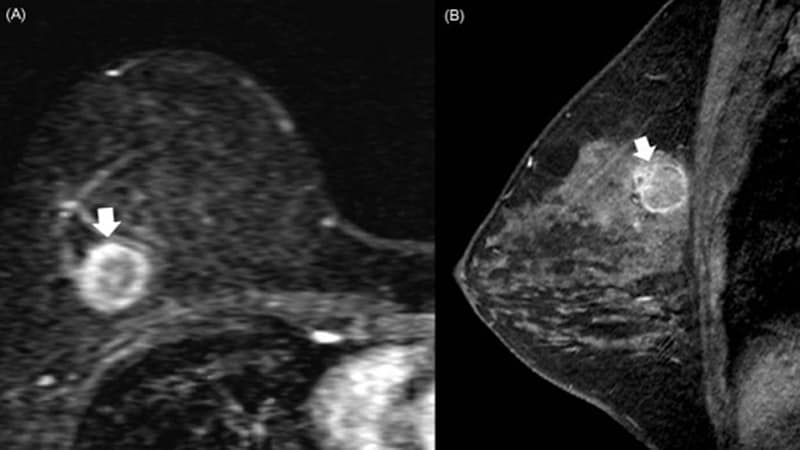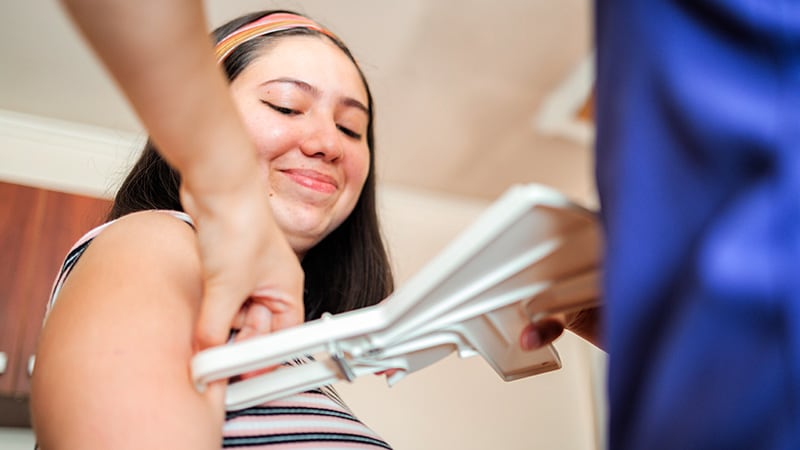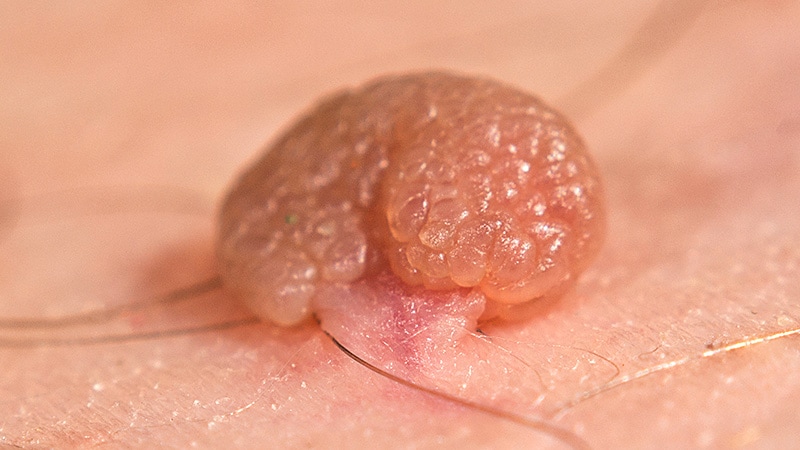In 2020, the American Cancer Society (ACS) updated its cervical screening guidelines, proposing two major changes: start cervical cancer screening at age 25, rather than 21, and perform primary human papillomavirus (HPV) testing, instead of a Pap test.
But a recent survey, published earlier this year, found that few clinicians are following these ACS recommendations. And the reasons are multifaceted.
First, healthcare providers in the US may be unsure how to reconcile conflicting cervical cancer screening guidelines from another major organization — the US Preventive Services Task Force (USPSTF), which published guidelines in 2018.
Although the ACS guidelines are based on an analysis of the latest evidence,
the recommendations challenge those from the USPSTF, which dictates insurance coverage in the US. Last year, the American College of Obstetricians and Gynecologists (ACOG) aligned its guidelines with those from the USPSTF.
The USPSTF recommends average-risk individuals start Pap, not HPV, testing at age 21, and broadens the options to primary HPV testing, Pap testing, or both together starting at age 30. The ACS, on the other hand, says primary HPV testing is the preferred screening approach from the start, which should be age 25.
Because the ACS guidelines marked a notable departure from prevailing practice, a team of researchers from five US universities decided to find out if anyone was following them.
The results, published in the journal Cancer in March, revealed that most healthcare providers had not changed practice.
Lead author Rebecca Perkins, MD, MSc, and colleagues found that, among the 70 respondents, few were starting screening at age 25, and none had switched to primary HPV testing.
The survey then probed clinicians' willingness to adopt the ACS guidelines as well as their reservations and barriers to doing so.
Notably, more than half of the survey participants said they would be willing to adopt the ACS guidelines if the best evidence supported the changes and other professional medical organizations endorsed them.
On the age change, participants highlighted a range of benefits to moving to a later screening age, including that earlier screening may not be valuable and delaying screening could reduce overtreatment.
One participant noted: "We know that cervical cancer is usually a slow‐growing, long‐term progressive disease that does not typically show up that early in life, and we also know that, if infected, oftentimes their immune system can fight off the virus. So, it sounds reasonable at first glance [to delay screening to age 25 years]."
Others, however, brought up barriers to initiating screening at age 25. Some mentioned that later screening may not work for high‐risk populations and others voiced concerns about missing high‐grade precancer or cancer. "It's not unusual for us to see women in their early 20s that have already had 10 or 15 partners […] a lot of them smoke too […] they just have a lot of bad habits that puts them at more risk," one respondent noted.
On the HPV vs Pap testing front, many participants described a growing confidence in HPV tests after trying co-testing. One participant said, "Honestly, I do look more at the HPV results than the cytology. I put more faith in knowing what their HPV status is than anything."
The main barriers to primary HPV testing, however, included lack of autonomy when working in a large health system, concerns about the efficacy of HPV testing, and a belief that cytology was valuable.
Some clinicians were worried about missing high-grade lesions or cancer. One healthcare provider said, "My only concern with primary HPV screening is occasionally you will pick up endometrial abnormalities on a Pap that you're not going to pick up with HPV screening."
Logistics and finances also played a role in clinicians' hesitancy to switch to the ACS recommendation. Labs that could handle primary HPV tests were not available to some participants, and lack of insurance coverage was a barrier for others. One respondent noted, for instance, that his institution has a "cytology infrastructure that already exists in the lab and I can't really see them switching."
Many survey respondents also said they were waiting for endorsement from organizations, such as ACOG and USPSTF. "We run by the USPSTF and…ACOG. We don't run by the ACS guidelines," one person said.
Finally, some participants were not aware of the ACS recommendations at all or the data behind them but said they would be willing to change to primary HPV testing in the future.
Overall, Perkins said she was happy to see that more than half of the respondents would be willing to shift to the ACS screening guidelines, but noted that many remain reluctant to do so until the USPSTF and ACOG change their guidelines.
"It's really just a matter of the USPSTF and ACOG endorsing" the ACS guidelines, said Perkins, professor of obstetrics and gynecology at Boston University.
The USPSTF is currently updating its cervical screening guidelines, which could potentially help reconcile this discord between the guidelines and close the gaps in practice patterns.
The USPSTF's review of the evidence, which led to the 2018 guidelines, did highlight the effectiveness of HPV testing. The review authors concluded that "the evidence was consistent across trials" that primary, high-risk HPV screening increased detection of grade 3 or worse cervical intraepithelial neoplasia in the initial round of screening "by as much as 2 to 3 times when compared with cytology."
However, Joy Melnikow, MD, MPH, first author on the USPSTF evidence review, explained that the reviewers factored in access to HPV testing when making their final recommendations.
"The consideration was making sure that a recommendation could be inclusive of all providers and all populations and not restricting access for clinics that couldn't afford or didn't have the machine to do [HPV testing]," Melnikow, director of the Center for Healthcare Policy and Research and professor of family and community medicine at the University of California Davis, told Medscape.
The ACS, however, did not consider potential access problems in its analysis of the evidence.
Although the ACS evidence is "excellent," Perkins said, "it's really just a matter of the USPSTF and ACOG endorsing that, and then it seems like a lot of people are willing to make the change."
Perkins reports no relevant financial relationships.

.webp) 2 weeks ago
5
2 weeks ago
5

























 English (US)
English (US)